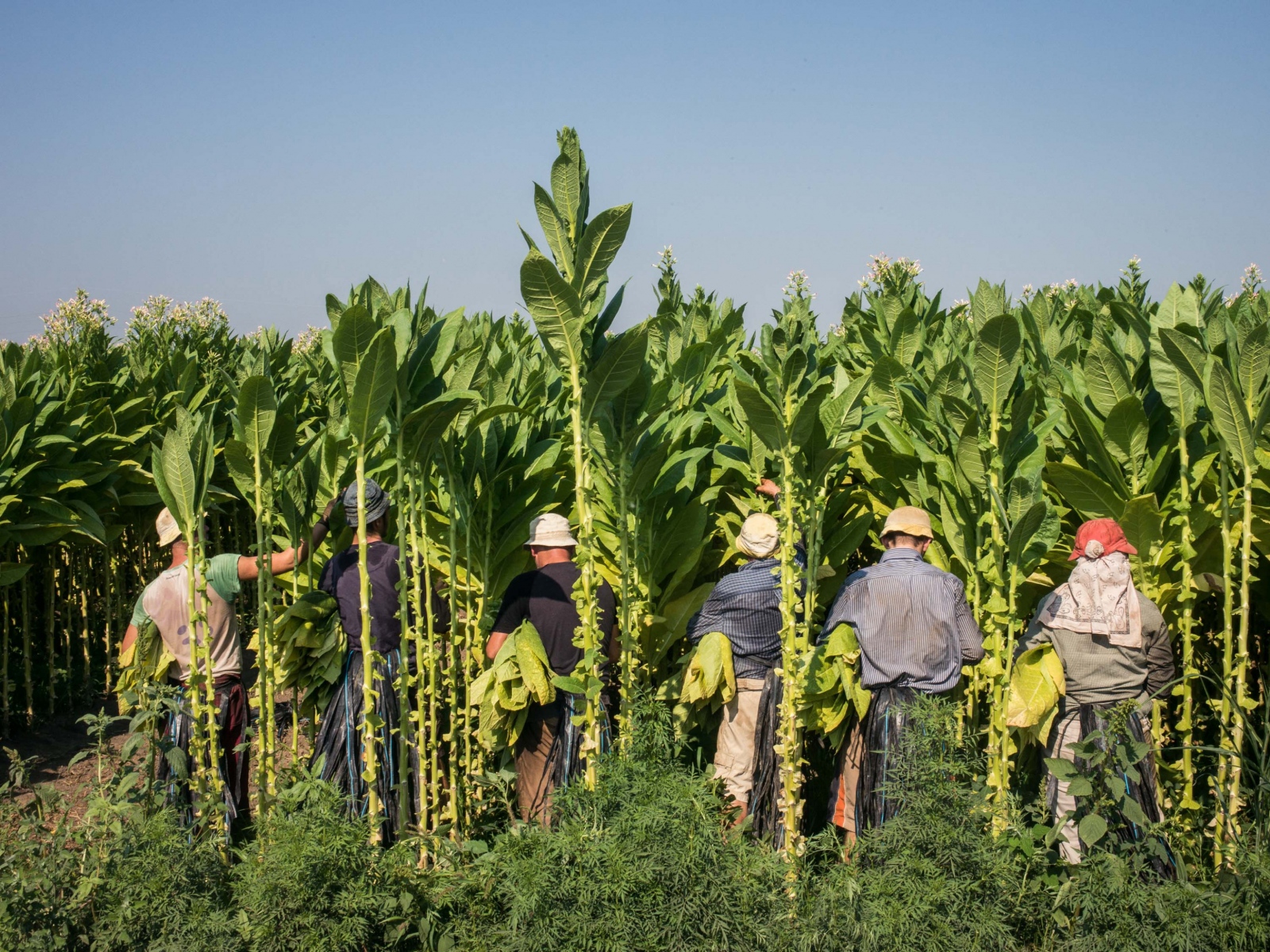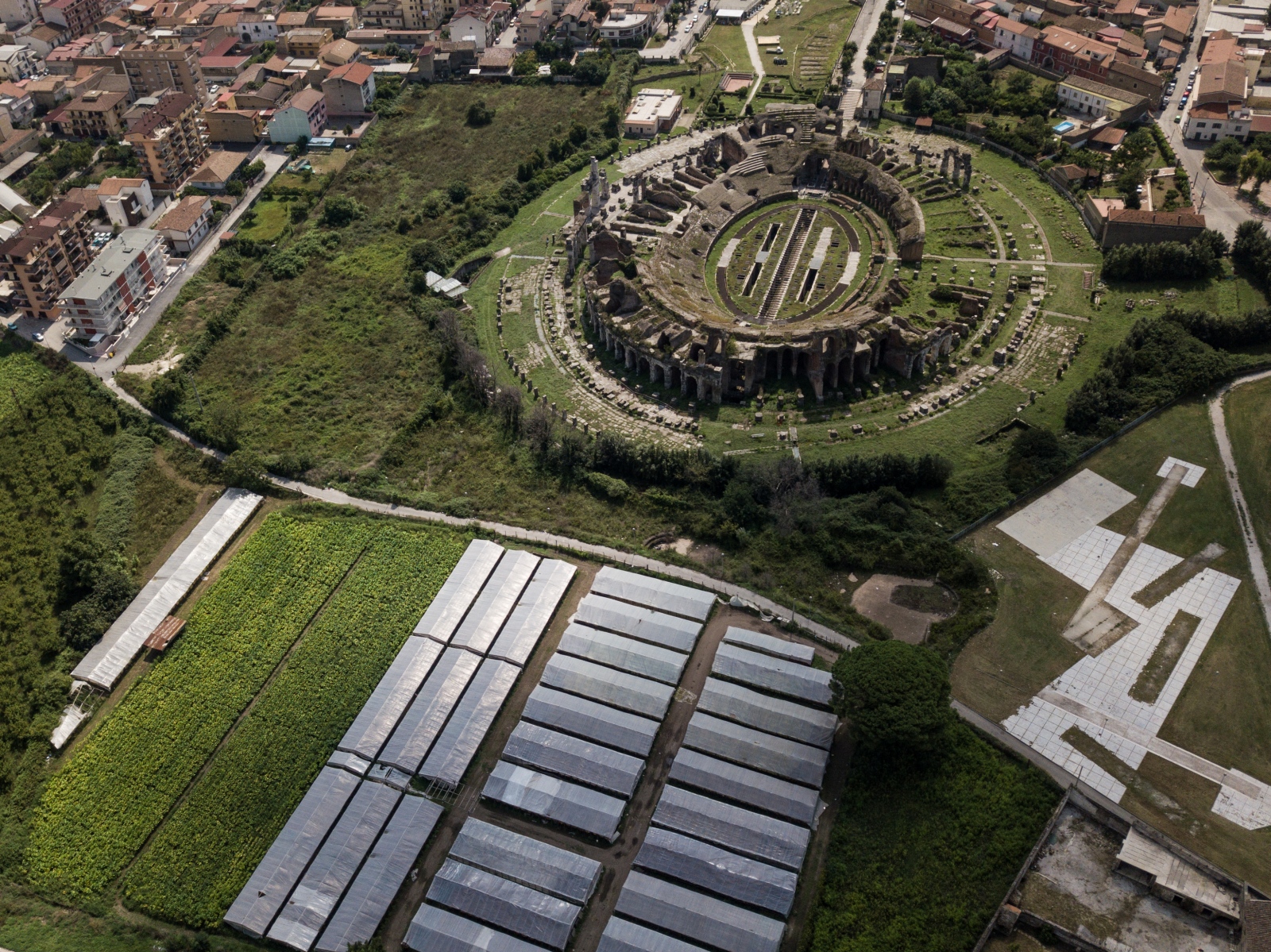Private Story
THANK YOU FOR SMOKING
In Caserta, the province with the worst quality of life in Italy, tobacco marks the flat countryside but this sector can slowly disappear. The risk is further marginalization of an area where the impact of Camorra on the environment already characterizes the landscape, made of environmental disasters and air-cured tobacco fields.
TOBACCO IN ITALY
Italy as a single country is Europe 1st tobacco producer and the 10th globally. Campania alone counts the 48% of total Italian production and the 51% of its total area dedicated to this kind of cultivations. The district of Caserta stands in the north Campania border with Lazio, where tobacco marks the flat countryside bounded by Southern Apennines to the east. This district, known as Campania Felix -“fertile countryside”- by Romans, is an high density population area that stands side by side to tobacco family businesses, usually 1 to 10 hectares each.
CAMPANIA FELIX
The high-quality White Burley type grown in Caserta is a light air-cured tobacco useful to fill the blends for American-style cigarettes usually made by Philip Morris. In spring cultivations are mostly made by family-works but once in summer small-scale companies use seasonal labor for harvesting, mainly from Albania, Romania, Poland and Ukraine. Unlike the rest of Italy, farms in the area are usually small-size with high yields thanks to specific and established cultivation methods that also helped to prevent the takeover of workforce’s automation.
ENVIRONMENT AND CAMORRA
The influence and impact of the Casalesi clan and the Camorra mafia of Naples on the environment and on almost all aspects of public life/economy is clear and established. In the last twenty years local criminal organization were able to take over different businesses like the management and construction of buildings and shopping centers. The most impactful on environment is the waste management system, where Clans took over from late 90’s, building, racketing and then burning down waste treatment plants all over Campania (and in the last 5-10 years operating with other Mafias also all over Italy for an average of 150 waste treatment plants per year burnt from 2013). Mafias were capable of lobbying local and national governments, modifying laws, creating a de-facto cycle of cancer deaths. They also contaminated great chunks of their own backyard, forcing landlords and farmers to take money for excavation spaces, littering the landscape with heavy metals, solvents and chlorinated compounds, often taken from Northern Italy and other EU countries. Barrels were buried, containers driven into rivers, hazardous materials mixed with household rubbish, chemical sludge spread on fields as ‘fertilizer’, asbestos burnt in open air. Only since July 2018 several landfills and big size toxic wastes has been set on fire in place like Caivano, Benevento, Marcianise, Maddaloni and S. Maria C.V..
Even if the situation it's always been clear to national governments since the late 80's and institutionalised since the Berlusconi era, this waste crisis has never been eradicated and therefore it has gotten worse over time, now a powerful criminal business widespread all over Italy.
AVOIDING FURTHER MARGINALIZATION
AVOIDING FURTHER MARGINALIZATION
As a local myself, born and raised with this issues as daily life, I'm realizing this work with the urgency to document a local tobacco sector that can disappear, representative of a region with a millennial agricultural history. Tobacco became also the narrative device to denounce the critical environmental situation where millions of people lives. I’m able to work with strong connections in the area with the possibility (already activated) to involve local institutions, Universities and specialists. After a summer session of more then three months of shooting and journalistic researches, I'm working again in Caserta since November 2018.
I'm now focusing on: citizen association and environmental movements that are asking for concrete change; finishing the Augmented Reality contents on the Regi Lagni canal system; in-depth on industrial architecture of former tobacco factories and their reconversions with local University professors from Unicampania and Unisannio; in-depth on shopping centers controlled by Clans working with a local journalist, Salvatore Minieri, following its new book focused on the issue; pagan and religious agricultural commemorations like the Carri di Macerata; 3D still-life for augmented reality of historical monuments and objects from the agricultural tradition.


























